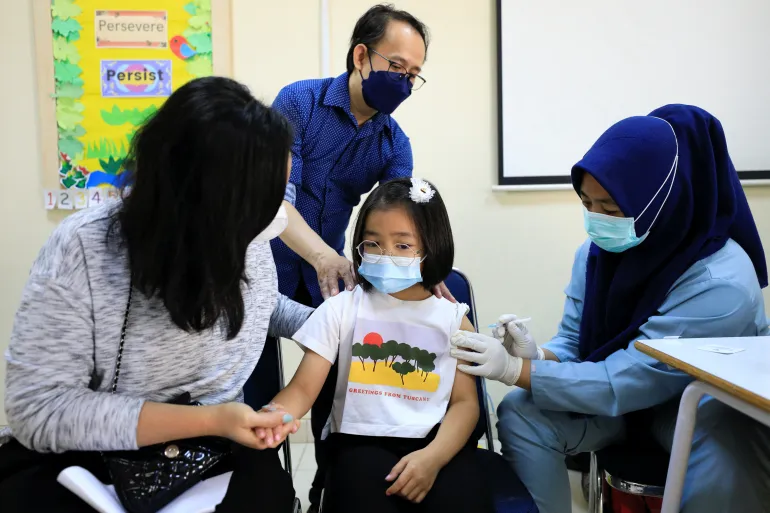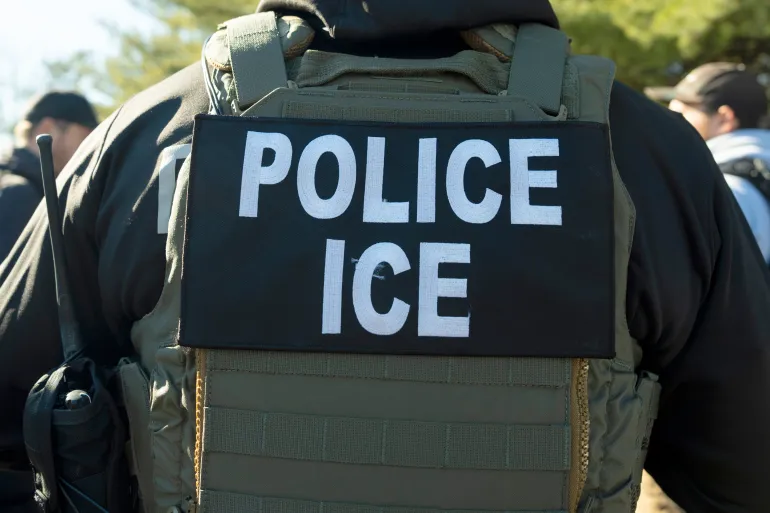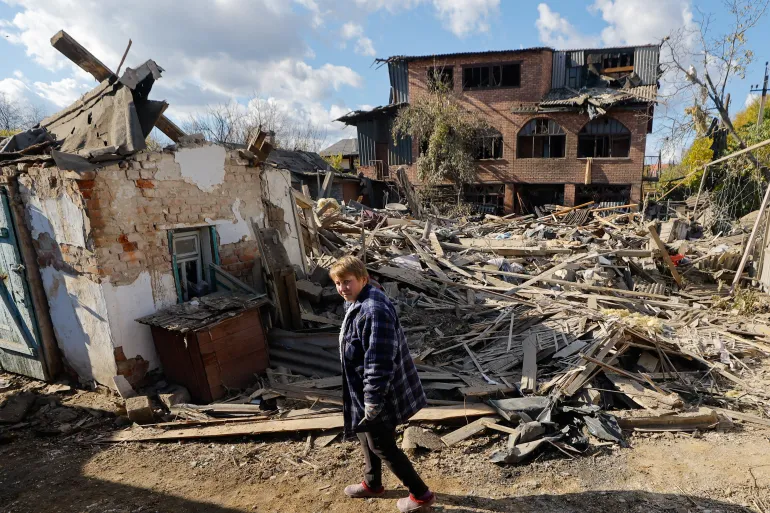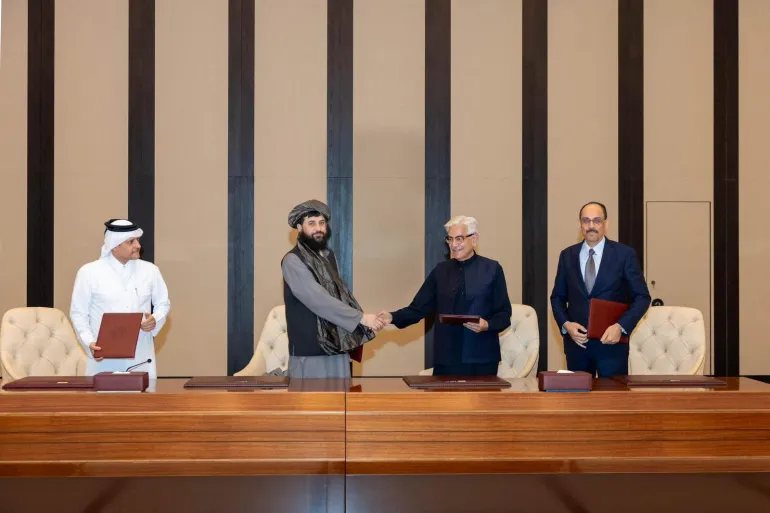WHO sees no reduction in Gaza hunger since truce
Category: Middle East | By: AFSHAN RIAZ | 2025-10-27 14:15:49
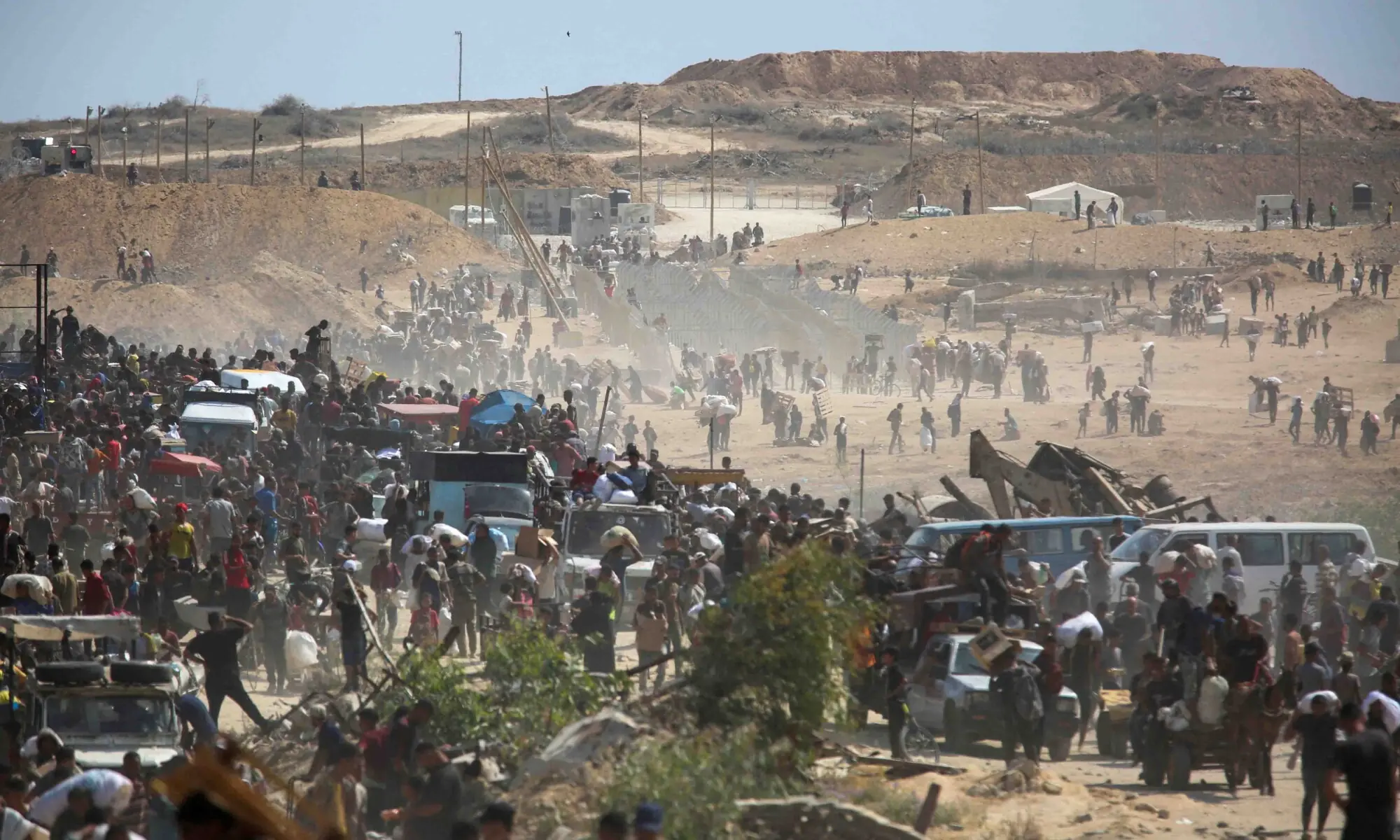
🌟 Key Highlights
🍞 No significant improvement in aid delivery since the October 10 ceasefire.
⚠️ Over 600,000 Gazans facing catastrophic food insecurity, WHO says.
💔 411 deaths from malnutrition this year, including 109 children.
🏥 Gaza’s health system destroyed — only 14 of 36 hospitals partially functioning.
💣 Clearing unexploded ordnance could take 20–30 years, aid groups warn.
💬 “The Situation Remains Catastrophic” — WHO Chief
The World Health Organisation (WHO) sounded a grave alarm on Thursday, warning that Gaza remains on the brink of famine and medical collapse despite a US-brokered ceasefire between Israel and Hamas.
“The situation still remains catastrophic because what’s entering is not enough,” said WHO Director-General Tedros Adhanom Ghebreyesus during a press briefing from Geneva.
He added that there has been “no dent in hunger” because food supplies remain insufficient.
Since the ceasefire took effect on October 10, the flow of humanitarian aid has increased slightly but remains far below the required level, Tedros said.
🚚 Aid Bottlenecks: “Only Half the Promised Trucks Arrive”
According to the ceasefire agreement negotiated by the United States, Israel was to allow 600 aid trucks into Gaza daily.
However, only 200–300 trucks are entering each day — and many of them carry commercial goods that ordinary Gazans cannot afford.
“That reduces the beneficiary size,” Tedros explained, emphasising that the most vulnerable families are still going hungry.
🍽️ Hunger and Malnutrition Claim Hundreds of Lives
The WHO’s representative in Palestine, Richard Peeperkorn, reported that 411 people have died of malnutrition in Gaza since January — 109 of them children.
“All of these deaths were preventable,” said Teresa Zakaria, WHO’s head of humanitarian and disaster action.
She added that over 600,000 people in Gaza are experiencing “catastrophic levels of food insecurity”, meaning they have no access to reliable food sources and are at imminent risk of starvation.
🏥 Health System in Ruins
The Gaza Strip’s healthcare system has been decimated after two years of Israeli air strikes and siege, following Hamas’s October 2023 attack on Israel.
“There are no fully functioning hospitals left in Gaza,” Tedros said. “Only 14 out of 36 are partially operational.”
Critical shortages persist in medicines, equipment, and medical personnel, while the estimated cost of rebuilding the health system exceeds $7 billion.
📊 WHO estimates that:
💥 170,000 people have sustained injuries.
🦿 5,000 are amputees, and 3,600 suffer severe burns.
🚑 15,000 patients still need urgent medical evacuation, including 4,000 children.
WHO has facilitated 41 evacuations in recent days but warns that the number of critical cases far exceeds current capacity.
“Although the ceasefire is holding, the crisis is far from over,” Tedros said. “We urge all crossings to be opened to allow patients to leave and aid to enter.”
🧨 “Unmapped Minefield”: Gaza’s Hidden Danger
The aftermath of war has also left Gaza littered with unexploded ordnance, creating a deadly long-term hazard.
According to Humanity & Inclusion, an international aid group, more than 53 people have been killed and hundreds injured by unexploded weapons — a figure believed to be a severe underestimate.
“Clearing Gaza’s surface of unexploded ordnance could take 20 to 30 years,” said Nick Orr, the group’s explosive ordnance expert.
“It’s a horrific, unmapped minefield — we’ll be finding it for generations.” 💣
Orr compared Gaza’s situation to post–World War II Britain, where unexploded bombs were still being discovered decades later.
His team will soon begin work to identify and clear remnants from key infrastructure sites, including hospitals, bakeries, and water facilities.
🕊️ “Aid Must Match the Scale of Human Need”
Tedros emphasised that increased humanitarian access is vital to preventing further deaths and stabilising Gaza’s crumbling health and food systems.
“Although the flow of aid has improved, it’s still only a fraction of what’s needed,” he said.
“Gaza’s people deserve more than survival — they deserve a future.” 🌍
